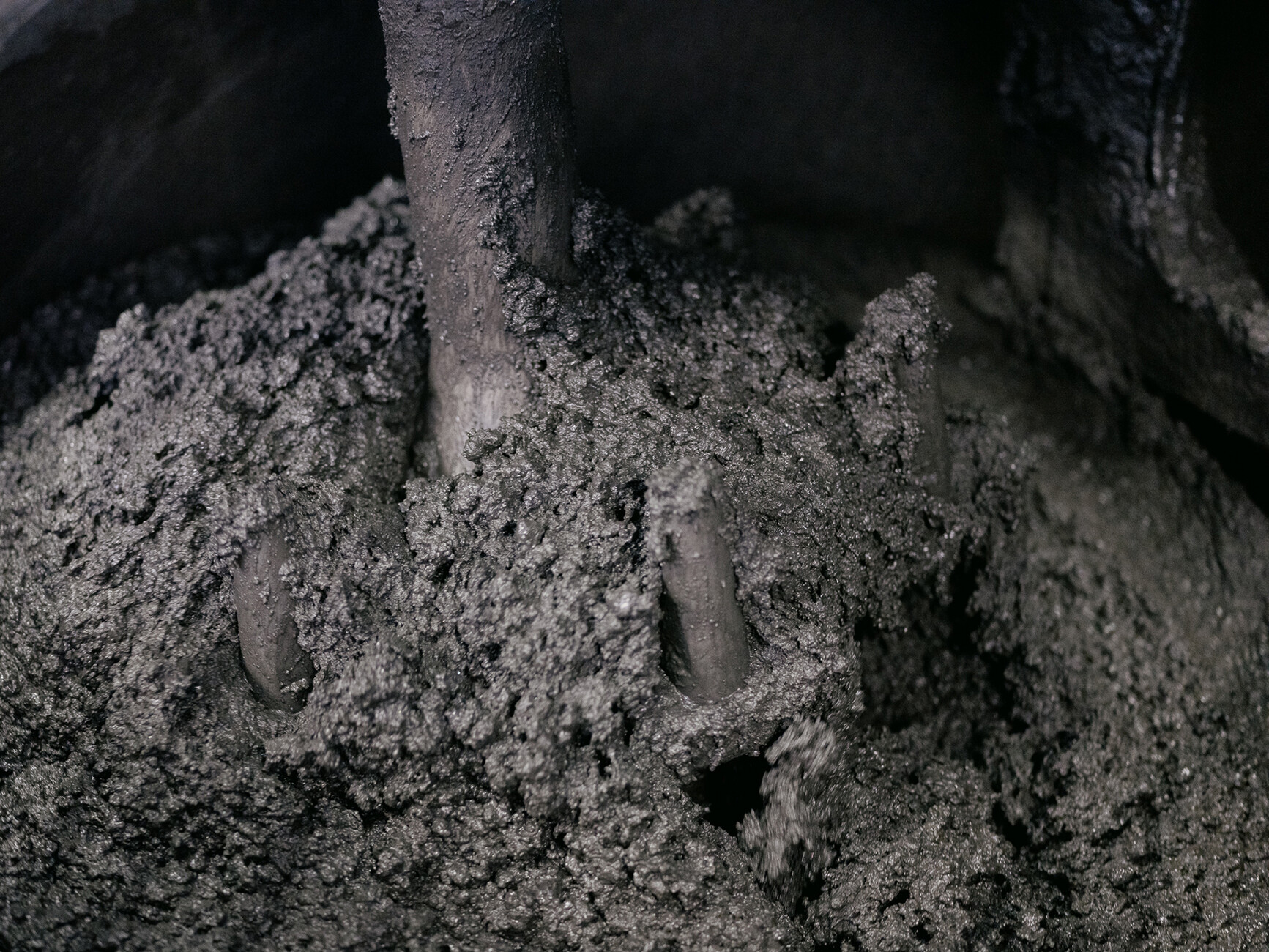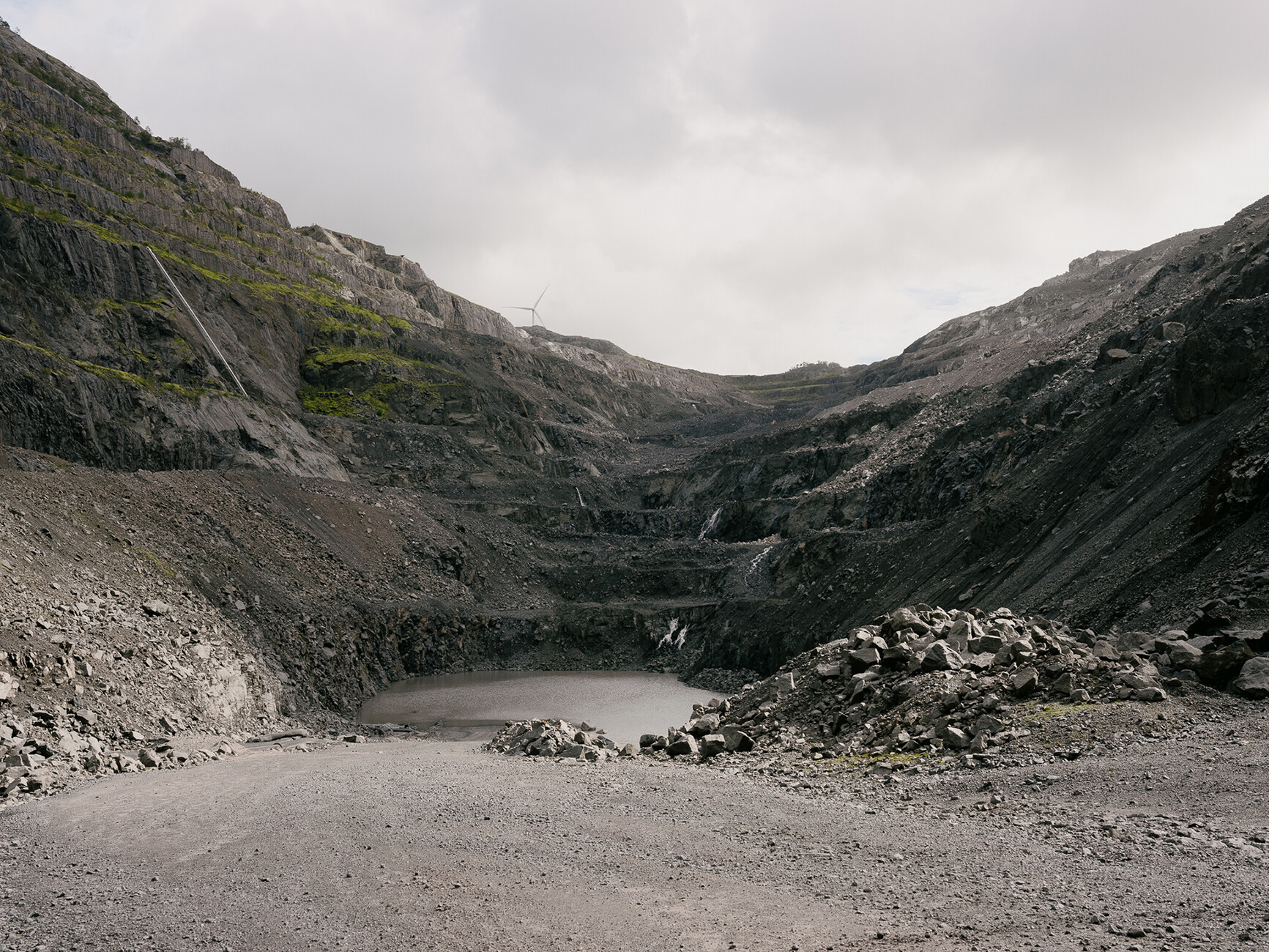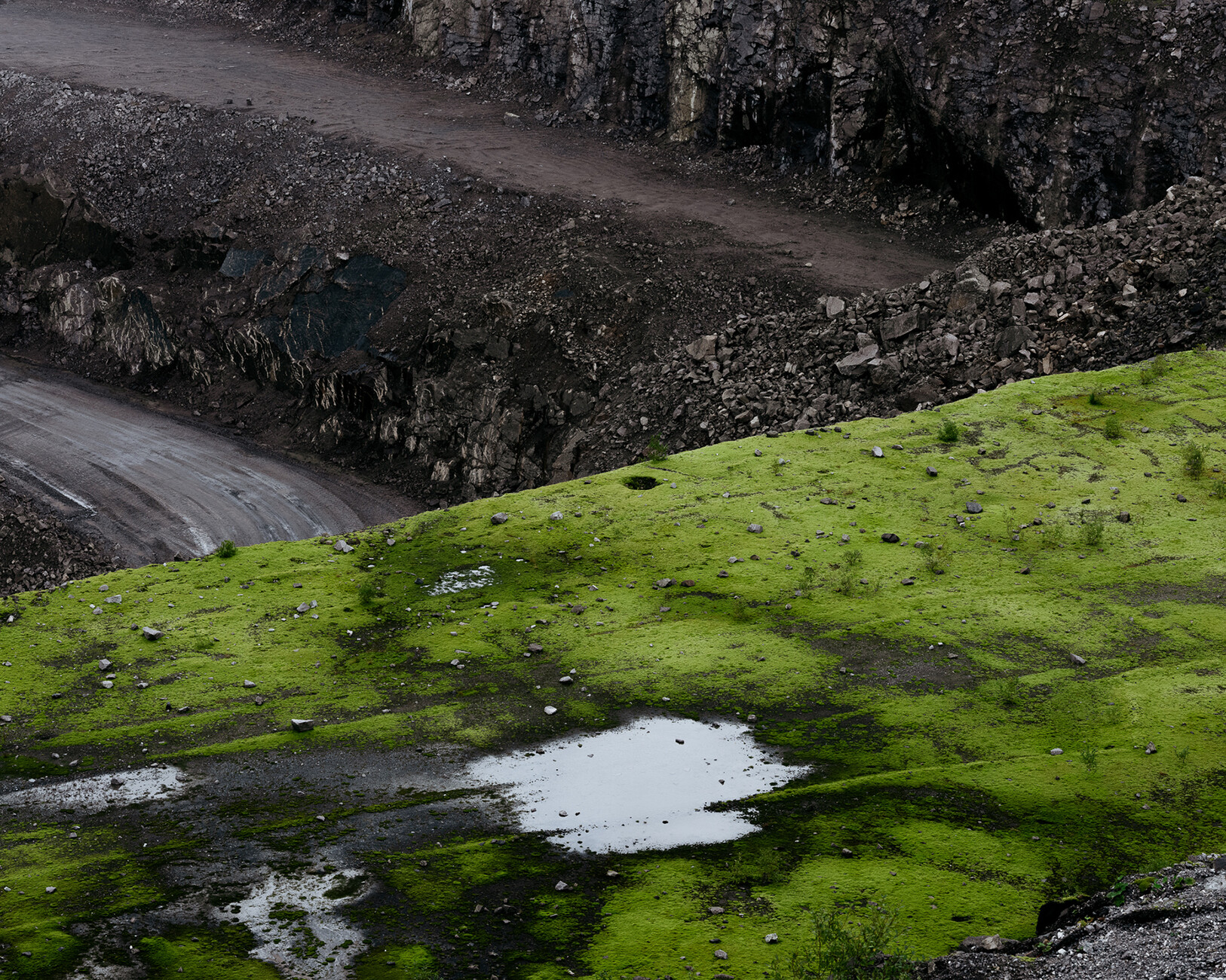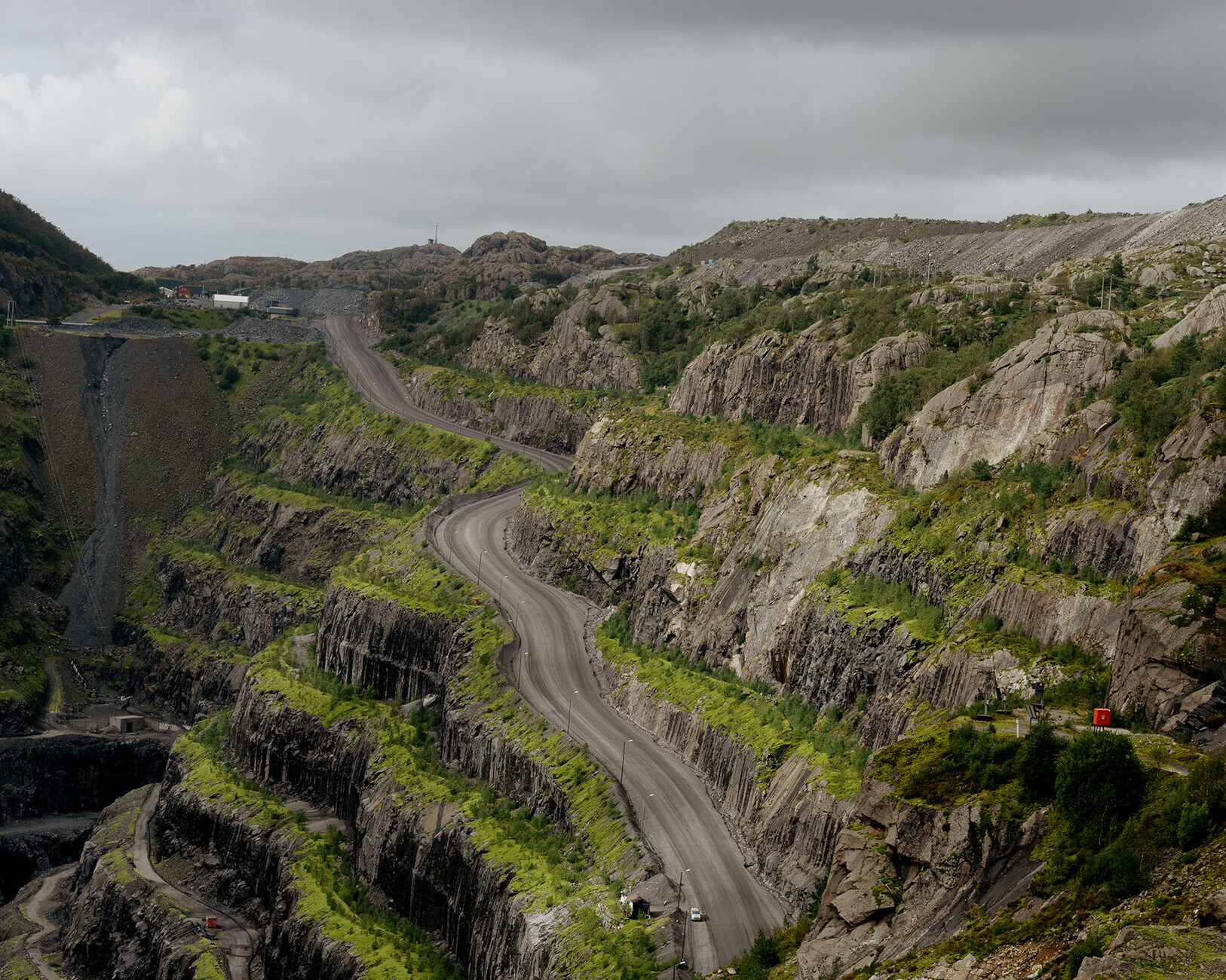SUSTAINABILITY
Concrete Without a Footprint
In future, geopolymer concrete could represent an sustainable alternative to the product made of Portland cement that is in use today. The aim is to use mineral bonding agents in the production of the former instead of cement. Research and first niche implementations exist has been conducted on the subject since as long ago as the 1970s, by, among others, TU Darmstadt’s Institut für Werkstoffe im Bauwesen (Institute of Construction and Building Materials). Norwegian startup Saferock has now joined forces with an interdisciplinary team and is taking the vast step from research to broad practice. Their joint venture partners include not only the University of Stavanger but also the renowned architectural studio Snøhetta. Stian Alessandro Ekkernes Rossi, formerly an architect at Snøhetta, has now moved to Saferock and plans to further the project in any way he can. “A large number of companies in the sector have understood that we simply need to change something here but only a few of them are really doing something about the fact. Better environmental protection can only be achieved through bold approaches and the power that comes from working together as a collective,” is how Rossi sees it. He tells us that up to eight percent of global carbon emissions are accounted for by conventional concrete and he believes that it would definitely be helpful if an alternative could be found for even a small fraction of overall requirements. “Findings have shown us that using geopolymer concrete could result in carbon emissions that are between 70 and 80 percent lower than with Portland cement,” explains Rossi.
The plan is to use the industrial byproducts from mining as the raw material for the above-mentioned geopolymer concrete. To date there has been no real use for these waste materials, meaning that they have had to be dumped, thus representing a major hazard to the environment – partly because of the toxic matter emitted by this mixture of minerals. “The products of mining should be used as extensively as possible and for this to happen, we need to change our understanding of which materials we see as waste,” comments Rossi. This would also have other advantages over traditional Portland cement – for example, in tunnel construction. The mineral material that results from excavation work could be processed to make concrete on the spot. This would cut both transportation distances and the costs of procuring cement. The characteristics of geopolymer concrete are in some ways superior to those of Portland cement. Geopolymer concrete is considerably less affected by heat and cold temperatures of up to 1200 Degree Celsius and, according to Rossi, can even be processed in minus temperatures. It produces less heat during hardening than Portland cement. It is even less permeable to water and chemicals and geopolymer concrete is resistant to reinforcement corrosion. Therefore, less of the material is needed to cover reinforcement, for instance. As architects, we should have a better understanding of our materials, after all, a building’s carbon footprint is dependent on all its component parts,” he explains.
Along with its chemical and physical characteristics, this cement substitute also demonstrates new possibilities in terms of design, with the color of geopolymer concrete varying depending on mineral composition – from reddish or yellowish to various anthracite hues. Buildings made of or restored with the material are thus furnished with their own geographic identity. As a next step, Saferock is investigating what is possible if geopolymer concrete is pulverized after preparation, in order to introduce it to a cycle. It is hoped that by 2025 it will be possible to manufacture it in a carbon-neutral process so as to sustainably lower the construction industry’s carbon footprint. “There is not much use in putting up a wind turbine to produce green energy if it is made of Portland cement, the very manufacture of which requires a great deal of carbon,” comments Rossi.















